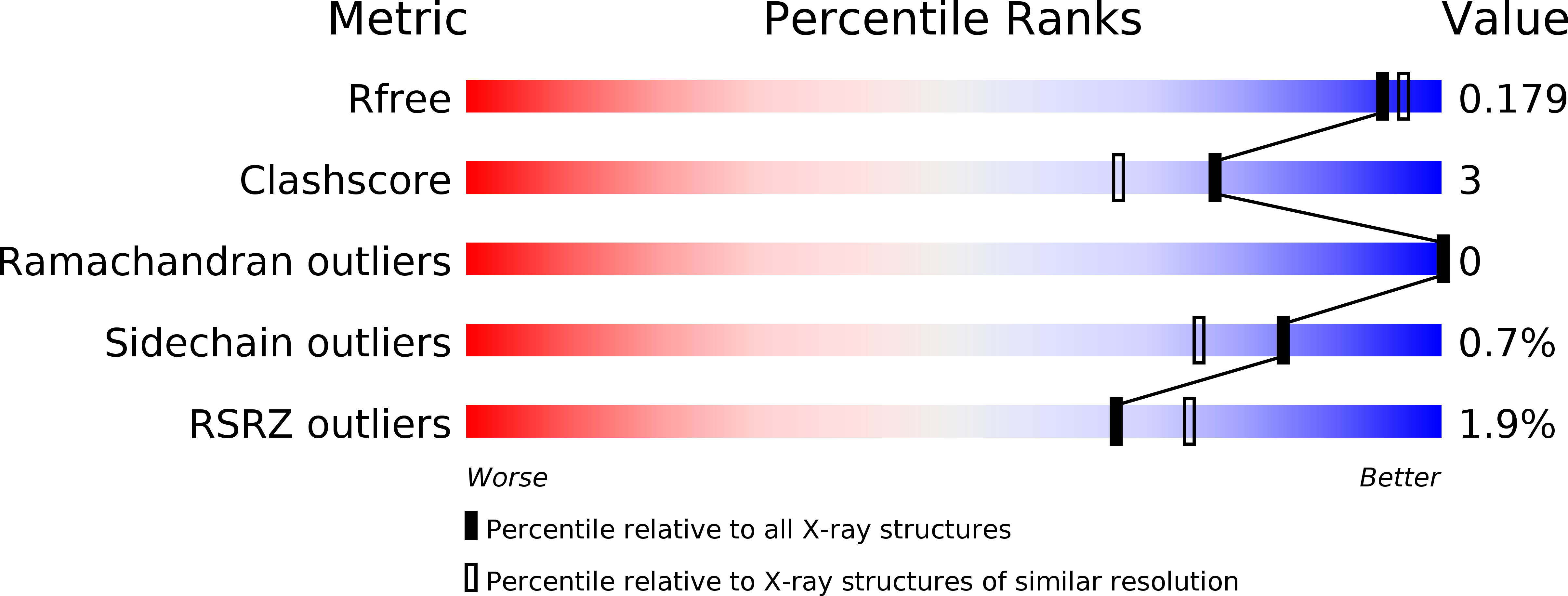
Deposition Date
2019-08-16
Release Date
2019-12-18
Last Version Date
2023-10-11
Entry Detail
PDB ID:
6U1V
Keywords:
Title:
Crystal structure of acyl-ACP/acyl-CoA dehydrogenase from allylmalonyl-CoA and FK506 biosynthesis, TcsD
Biological Source:
Source Organism:
Host Organism:
Method Details:
Experimental Method:
Resolution:
1.75 Å
R-Value Free:
0.17
R-Value Work:
0.14
R-Value Observed:
0.14
Space Group:
P 1 21 1


